The game was November 27, 1937. Late in the 4th quarter, Notre Dame was tied 6-6 with Southern California. The “Fighting Irish” needed a miracle. Notre Dame #58 Mario “Motts” Tonelli took the hand-off deep in Notre Dame territory and ran the ball 70 yards back before being tackled. Seconds later, the 5’11”, 195-pound fullback scored the game winning touchdown.
 In some ways, Mario Tonelli himself was the miracle. Years earlier at the age of 6, he’d been burned over 80% of his body, when a trash compactor toppled over on him. Mario’s immigrant father Celi, a laborer from a northern Italian marble quarry, refused to believe the doctor who said his son would never walk again. Fixing four wheels to a door, the elder Tonelli taught his first American-born son to move about with his arms.
In some ways, Mario Tonelli himself was the miracle. Years earlier at the age of 6, he’d been burned over 80% of his body, when a trash compactor toppled over on him. Mario’s immigrant father Celi, a laborer from a northern Italian marble quarry, refused to believe the doctor who said his son would never walk again. Fixing four wheels to a door, the elder Tonelli taught his first American-born son to move about with his arms.
By 1935, Mario Tonelli was a football, basketball and track star at Chicago’s DePaul Academy.
After a year coaching at Providence College in 1939 and a year playing professional football for the Chicago Cardinals in 1940, Tonelli joined the Army in early 1941, assigned to the 200th Coast Artillery Regiment in Manila.
He’d hoped to fulfill his one years’ commitment and return to the Cardinals for the 1942 season, but it wasn’t meant to be. The radio crackled to life at 2:30am local time on December 7, 1941. “Air raid on Pearl Harbor. This is no drill!”
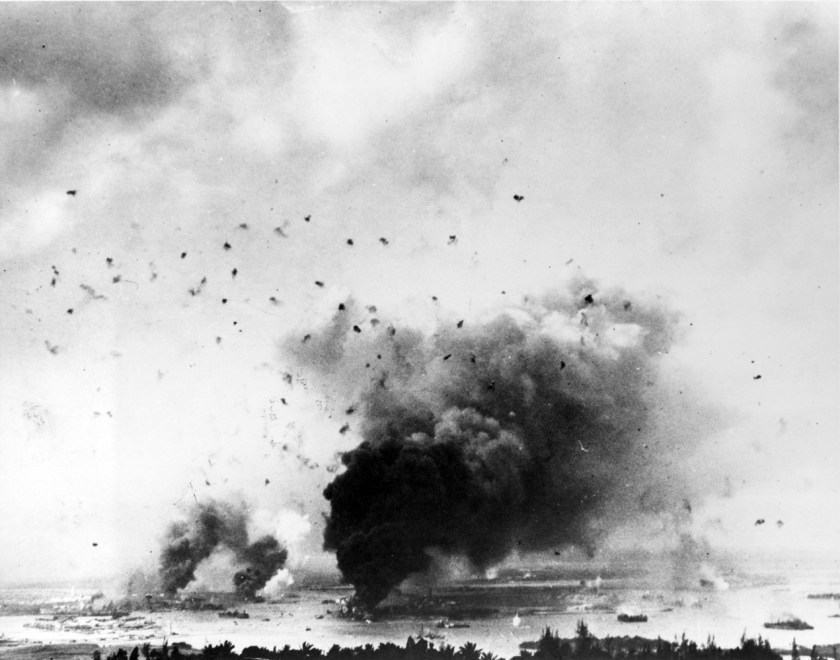
Military forces of Imperial Japan appeared unstoppable in the early months of World War Two, attacking first Thailand, then the British possessions of Malaya, Singapore, and Hong Kong as well as US military bases in Hawaii, Wake Island, Guam and the Philippines.
The United States was grotesquely unprepared to fight a World War in 1942, and dedicated itself to beating Adolf Hitler first. General Douglas MacArthur abandoned the “Alamo of the Pacific” on March 11 saying “I shall return”, leaving 90,000 American and Filipino troops without food, supplies or support with which to fight off the Japanese offensive.
 On April 9, 75,000 surrendered the Bataan peninsula, beginning a 65 mile, five-day slog into captivity through the heat of the Philippine jungle. Japanese guards were sadistic. Some would beat the marchers at random, or bayonet those too weak to walk. Japanese tanks would swerve out of the way to run over anyone who had fallen and was too slow in getting up. Some were burned alive. Already crippled from tropical disease and starving from the long siege of Luzon, thousands perished in what came to be known as the Bataan Death March.
On April 9, 75,000 surrendered the Bataan peninsula, beginning a 65 mile, five-day slog into captivity through the heat of the Philippine jungle. Japanese guards were sadistic. Some would beat the marchers at random, or bayonet those too weak to walk. Japanese tanks would swerve out of the way to run over anyone who had fallen and was too slow in getting up. Some were burned alive. Already crippled from tropical disease and starving from the long siege of Luzon, thousands perished in what came to be known as the Bataan Death March.
Exhausted, sunburned and aching with thirst, Tonelli still refused when a Japanese soldier demanded his Notre Dame class ring. As the guard reached for his sword, a nearby prisoner shouted “Give it to him. It’s not worth dying for”.
Minutes later, a Japanese officer appeared, speaking perfect English. “Did one of my men take something from you?” “Yes”, Tonelli replied. “My school ring”. “Here,” said the officer, pressing the ring into his hand. “Hide it somewhere. You may not get it back next time”. Tonelli was speechless. “I was educated in America”, the officer said. “At the University of Southern California. I know a little about the famous Notre Dame football team. In fact, I watched you beat USC in 1937. I know how much this ring means to you, so I wanted to get it back to you”.
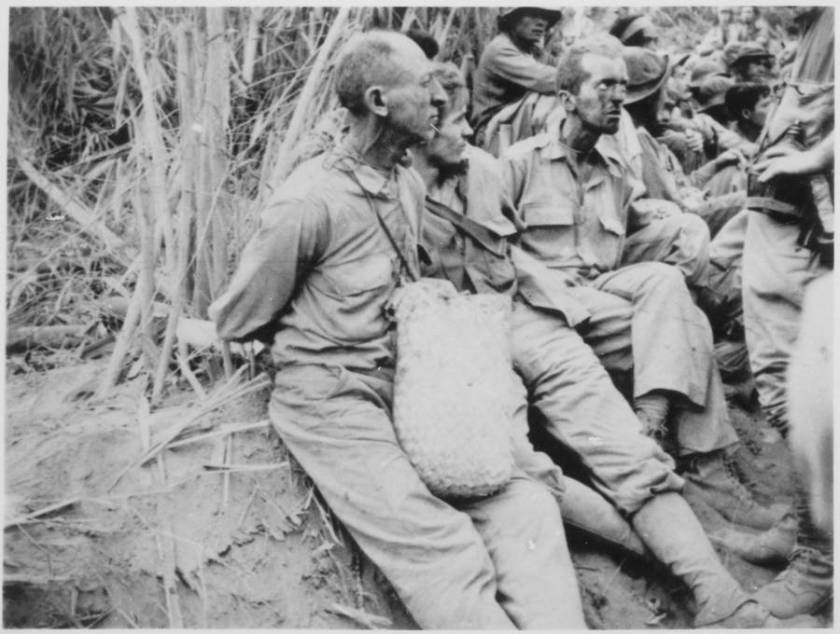
Nearly 700 Americans and more than 10,000 Filipinos died on the Bataan death march. For the survivors, the ordeal was only beginning. For 2½ years Tonelli suffered starvation, disease and endless beatings in the squalid prison camps known as O’Donnell and Cabanatuan. He was later transferred to Davo Penal Colony (“Dapecol”), in Panabo City. Of an estimated 2,009 to enter Dapecol between October 1942- June 1944, only 805 survived the war.
Throughout the ordeal, Tonelli kept his ring. Buried in a soap dish. He’d take it out from time to time to remind himself. Life used to be better than this. It gave him something to hope for.

The hellish 60-day journey aboard the filthy, cramped merchant vessel began in late 1944, destined for slave labor camps in mainland Japan. Tonelli was barely 100 pounds on arrival, his body ravaged by malaria and intestinal parasites. He was barely half the man who once played fullback at Notre Dame Stadium, Soldier Field and Comiskey Park.
Arriving at Nagoya #7 prison camp, Tonelli was handed a piece of paper. Scribbled on it was a 58. He was prisoner number 58, the same number he had once worn on his football Jersey. “From that point on,” he said, “I knew I was going to make it”.
 An American military tribunal conducted after the war held Lieutenant General Homma Masaharu, commander of the Japanese invasion forces in the Philippines, guilty of war crimes. He was executed by firing squad on April 3, 1946.
An American military tribunal conducted after the war held Lieutenant General Homma Masaharu, commander of the Japanese invasion forces in the Philippines, guilty of war crimes. He was executed by firing squad on April 3, 1946.
Mario Tonelli always hoped to meet the officer who’d returned his ring, but it wasn’t meant to be. He probably didn’t survive the war. Mario “Motts” Tonelli passed away in 2003, at the age of eighty-six. He still had that ring.
Afterward
In 1989, ROTC students at New Mexico State University held a memorial “Death March”. Since 1992, the Army installation at the White Sands Missile Range near Las Cruces has been host to the memorial. It’s two events, really, participants competing in “heavy” and “light” division wearing full uniform with rucksack or full running gear. Marchers in both divisions compete over a full marathon course of 26.2 miles of hilly desert terrain, or a shorter 14.2 mile course.
Two weeks ago, 8,631 registered participants gathered from fifty states and a dozen nations, to commemorate the Battle of Bataan and the death march, 77 years ago.
Five actual survivors were in attendance for the opening ceremony, wrapped in blankets to ward off the pre-dawn cold. They were Harold Bergbower, age 98. James Bollich, age 97. Valdemar DeHerrera, age 99. Paul Kerchum, age 99. Ben Skardon, age 101.
Mister Skardon actually marched in the March 17, 2019 event, covering three miles at the head of Skardon’s Brigade”.
The day began with a symbolic roll call. Most of the names were met with silence. Twelve more than the same event, last year.

A Trivial Matter
Japanese guards made prisoners roast for hours the scorching Filipino sun, a torture known as “the sun treatment.” With little food and no water, Filipino civilians tried to throw food at the marchers. Most who did this were killed on the spot, by Japanese soldiers.

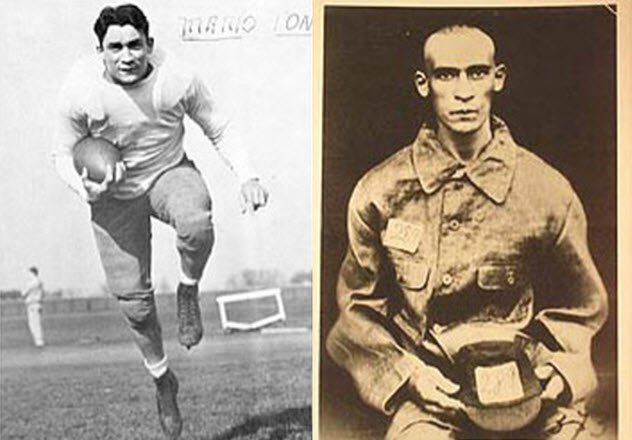










 Fourteen years ago, a news release from the Department of Defense reported “Private First Class Michael A. Arciola, 20, of Elmsford, New York, died February 15, 2005, in Al Ramadi, Iraq, from injuries sustained from enemy small arms fire. Arciola was assigned to the 1st Battalion, 503d Infantry Regiment, 2nd Infantry Division, Camp Casey, Korea”.
Fourteen years ago, a news release from the Department of Defense reported “Private First Class Michael A. Arciola, 20, of Elmsford, New York, died February 15, 2005, in Al Ramadi, Iraq, from injuries sustained from enemy small arms fire. Arciola was assigned to the 1st Battalion, 503d Infantry Regiment, 2nd Infantry Division, Camp Casey, Korea”.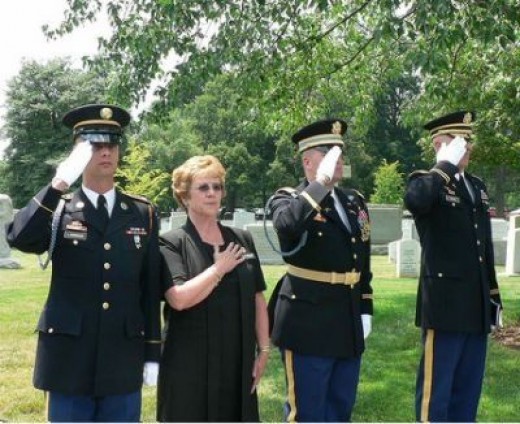
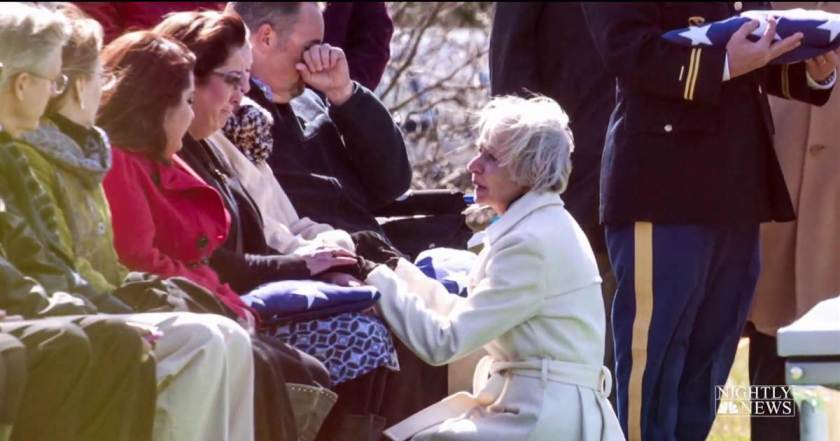 Sometimes, a military chaplain was the only one present at these services. Both Vandenbergs felt that a member of the Air Force family should be present at these funerals. Gladys began to invite other officer’s wives. Over time, a group of women from the Officer’s Wives Club were formed for the purpose.
Sometimes, a military chaplain was the only one present at these services. Both Vandenbergs felt that a member of the Air Force family should be present at these funerals. Gladys began to invite other officer’s wives. Over time, a group of women from the Officer’s Wives Club were formed for the purpose.
 The casual visitor cannot help but being struck with the solemnity of such an occasion. Air Force Ladies’ Chairman Sue Ellen Lansell spoke of one service where the only other guest was “one elderly gentlemen who stood at the curb and would not come to the grave site. He was from the Soldier’s Home in Washington, D. C. One soldier walked up to invite him closer, but he said no, he was not family”.
The casual visitor cannot help but being struck with the solemnity of such an occasion. Air Force Ladies’ Chairman Sue Ellen Lansell spoke of one service where the only other guest was “one elderly gentlemen who stood at the curb and would not come to the grave site. He was from the Soldier’s Home in Washington, D. C. One soldier walked up to invite him closer, but he said no, he was not family”.
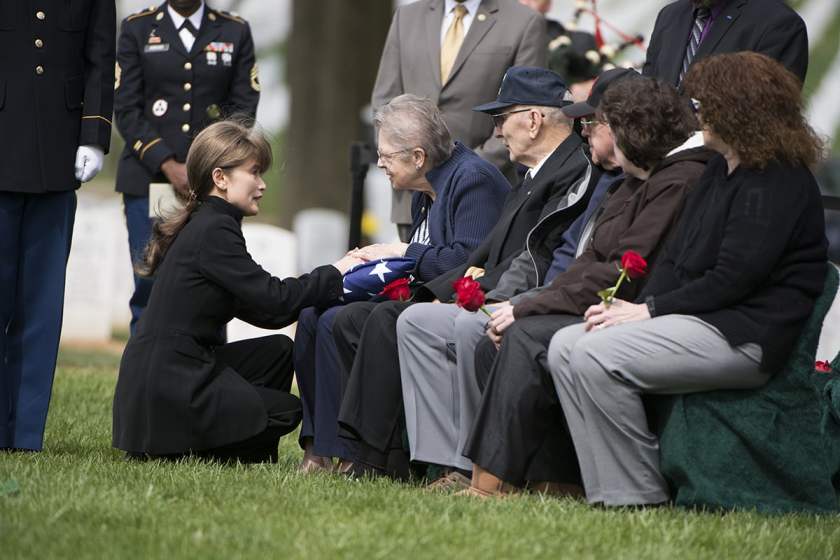

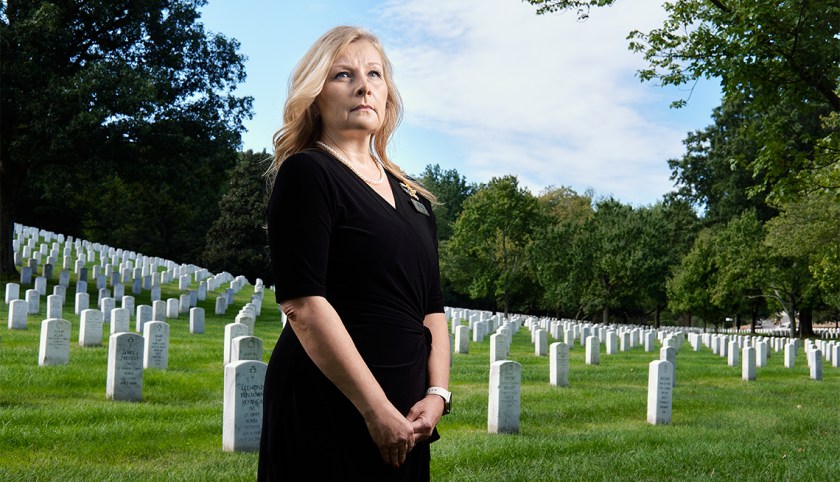

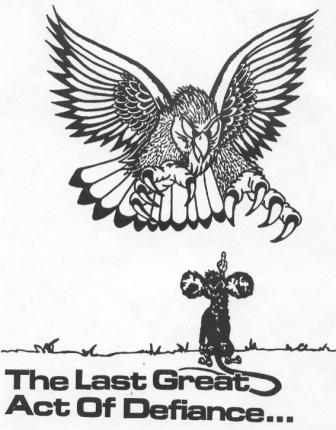 Before the age of the internet meme, office jokes and bits of folk wisdom were passed around and copied and copied again. There was one, “The Last great of Defiance“, which will live for all time as my favorite. The picture speaks for itself. I had one on the wall, for years.
Before the age of the internet meme, office jokes and bits of folk wisdom were passed around and copied and copied again. There was one, “The Last great of Defiance“, which will live for all time as my favorite. The picture speaks for itself. I had one on the wall, for years.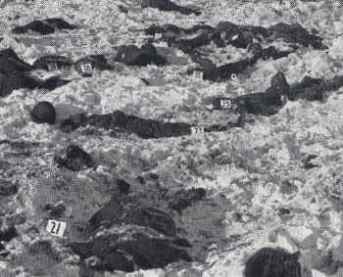 Prisoners were swept up by the thousands, and faced an uncertain future. In Malmedy, Belgium, seventy-five captured Americans were marched into an open field and machine gunned by members of the 1st SS Panzer Division (Leibstandarte Adolf Hitler), a part of 6th Panzer Army.
Prisoners were swept up by the thousands, and faced an uncertain future. In Malmedy, Belgium, seventy-five captured Americans were marched into an open field and machine gunned by members of the 1st SS Panzer Division (Leibstandarte Adolf Hitler), a part of 6th Panzer Army.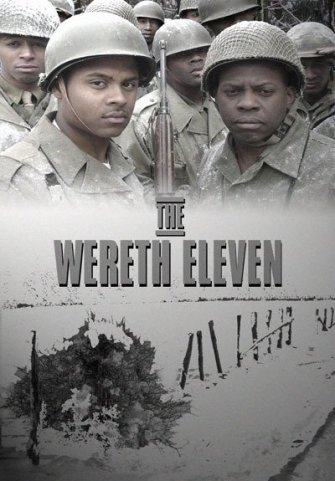

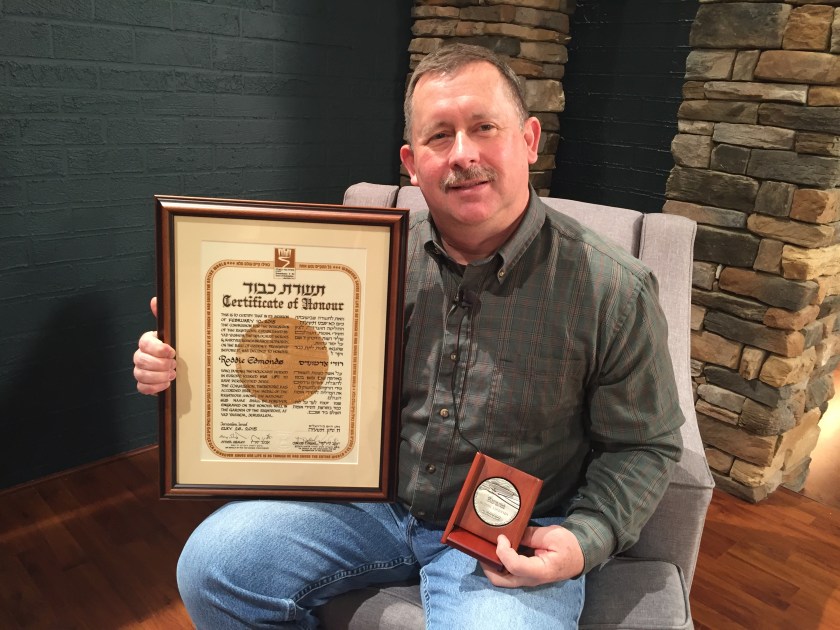







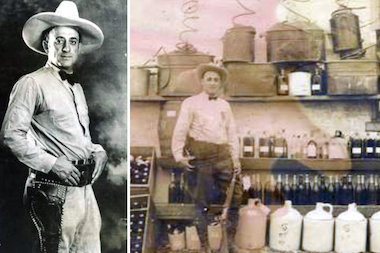
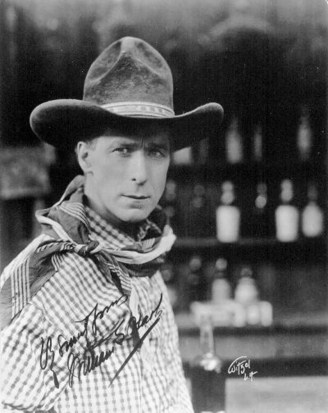
 The small town was enthralled by this new arrival, the town council appointing Hart as Marshall. He was a big fish in a small pond, elected commander of the Legion post and district commissioner for the Boy Scouts of America.
The small town was enthralled by this new arrival, the town council appointing Hart as Marshall. He was a big fish in a small pond, elected commander of the Legion post and district commissioner for the Boy Scouts of America.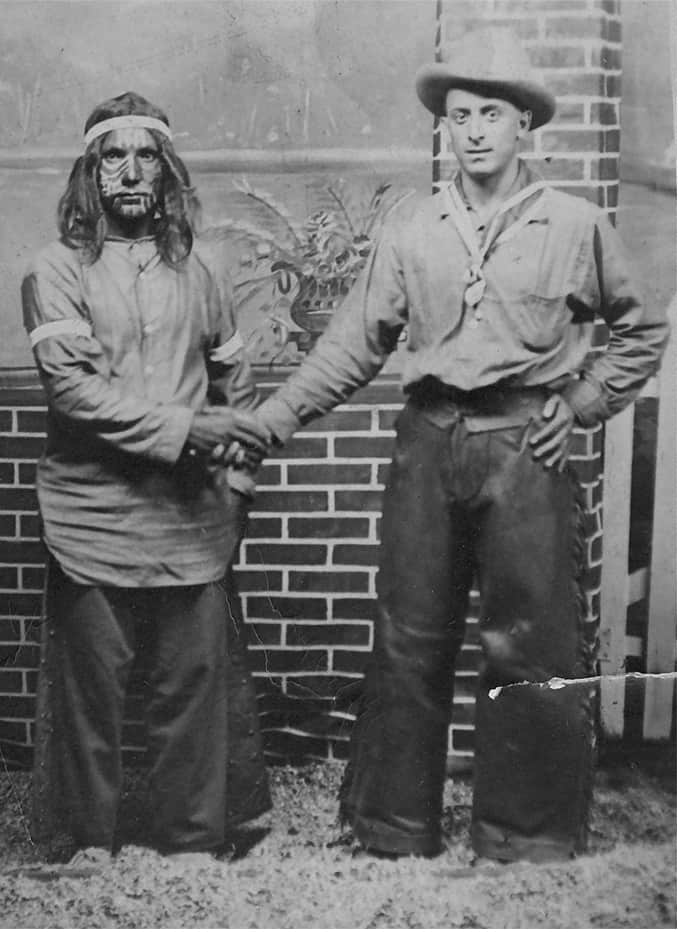
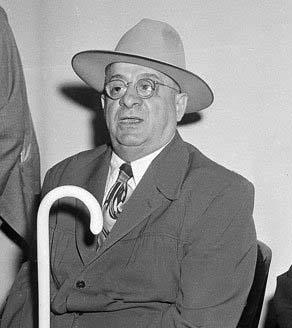 Hart became livestock inspector after repeal of prohibition, and special agent assigned to the Winnebago and Omaha reservations. He was re-appointed Marshall of his adopted home town but, depression-era Nebraska was tough. The money was minuscule and the Marshall was caught, stealing cans of food.
Hart became livestock inspector after repeal of prohibition, and special agent assigned to the Winnebago and Omaha reservations. He was re-appointed Marshall of his adopted home town but, depression-era Nebraska was tough. The money was minuscule and the Marshall was caught, stealing cans of food.


 The monarchical powers of Europe were quick to intervene. For the 32nd time since the Norman invasion of 1066, England and France once again found themselves in a state of war.
The monarchical powers of Europe were quick to intervene. For the 32nd time since the Norman invasion of 1066, England and France once again found themselves in a state of war.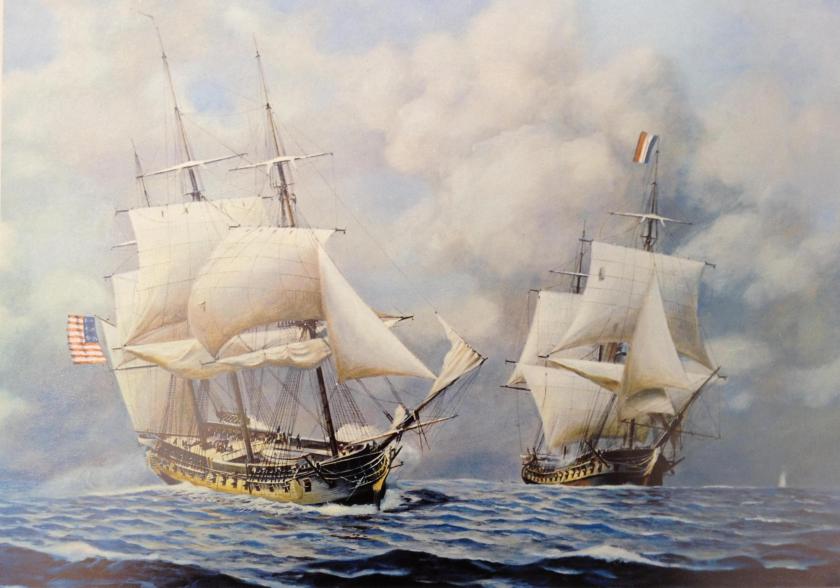




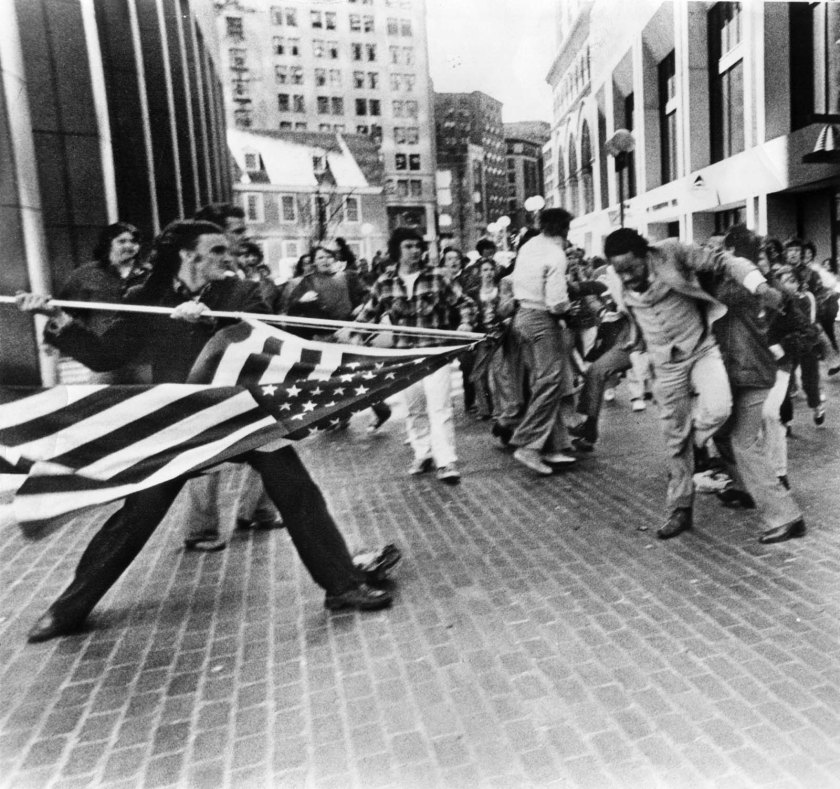
 Years later, Davis decided to write a book, answering the question that had dogged him, all those years: ‘Why do you hate me when you know nothing about me?’ That question had never been answered from my youth.” To satisfy his own curiosity, Davis reached out to Roger Kelly, Imperial Wizard of the KKK in Maryland. Let him tell the story:
Years later, Davis decided to write a book, answering the question that had dogged him, all those years: ‘Why do you hate me when you know nothing about me?’ That question had never been answered from my youth.” To satisfy his own curiosity, Davis reached out to Roger Kelly, Imperial Wizard of the KKK in Maryland. Let him tell the story: There are roughly a quadrillion such synapses in any given brain, meaning any given thought could wend its way through more pathways than there are molecules in the known universe.
There are roughly a quadrillion such synapses in any given brain, meaning any given thought could wend its way through more pathways than there are molecules in the known universe.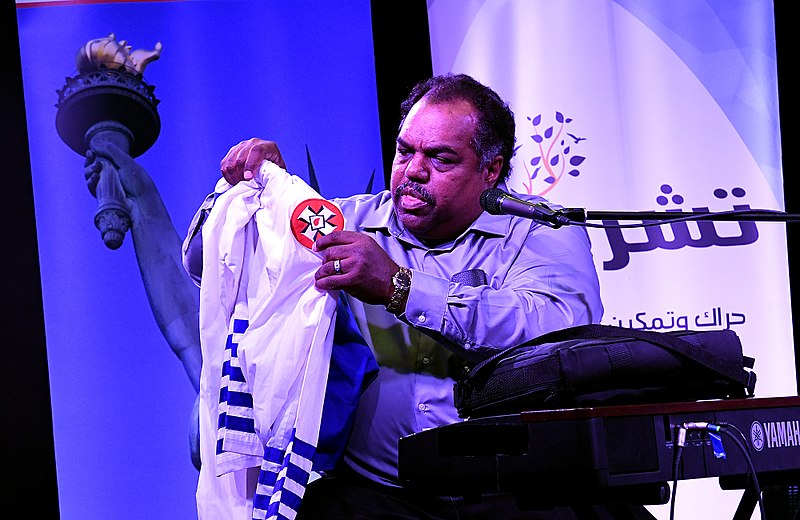



 The future 1st President’s general orders of August 7, 1782 established a “Badge of Military Merit” to recognize those members of the Continental Army who performed “any singular meritorious action”.
The future 1st President’s general orders of August 7, 1782 established a “Badge of Military Merit” to recognize those members of the Continental Army who performed “any singular meritorious action”.

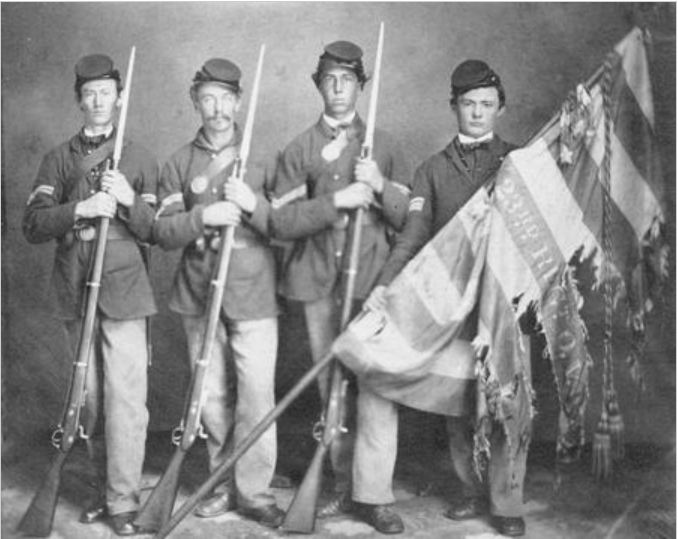

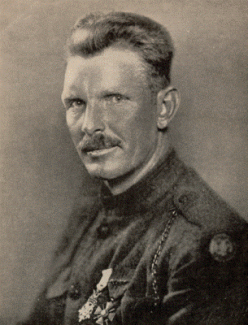

 Father
Father 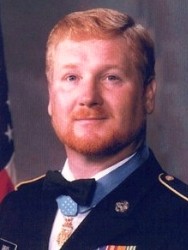
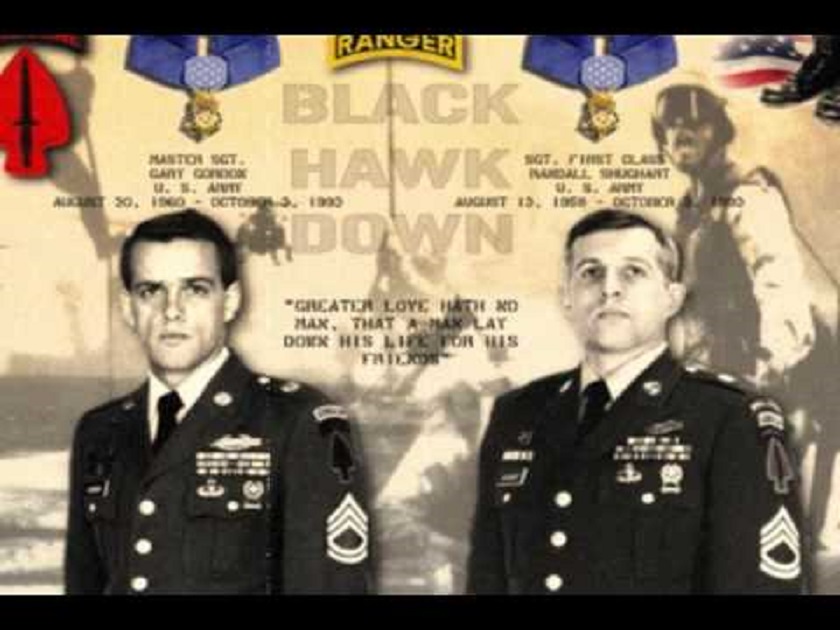



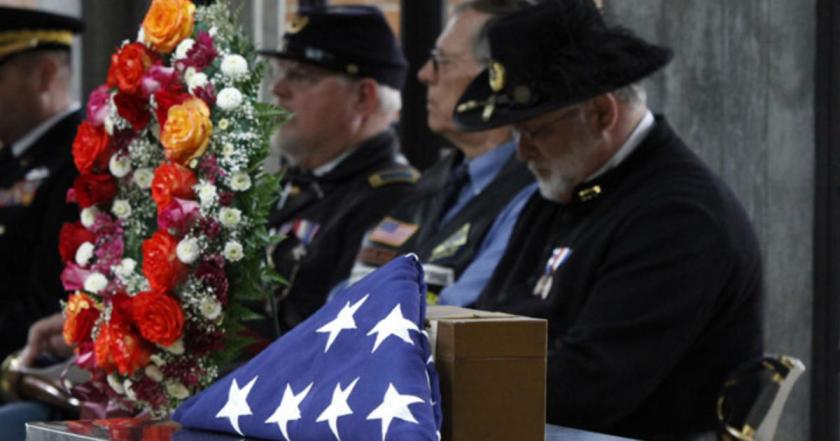
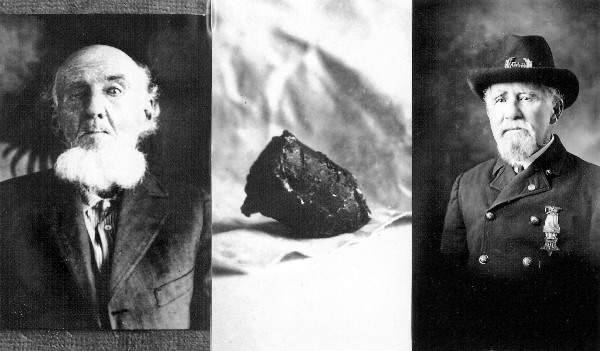
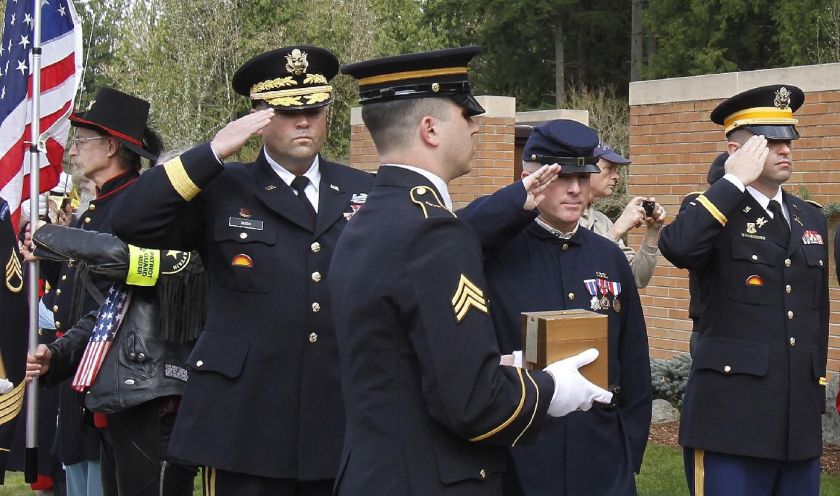
You must be logged in to post a comment.